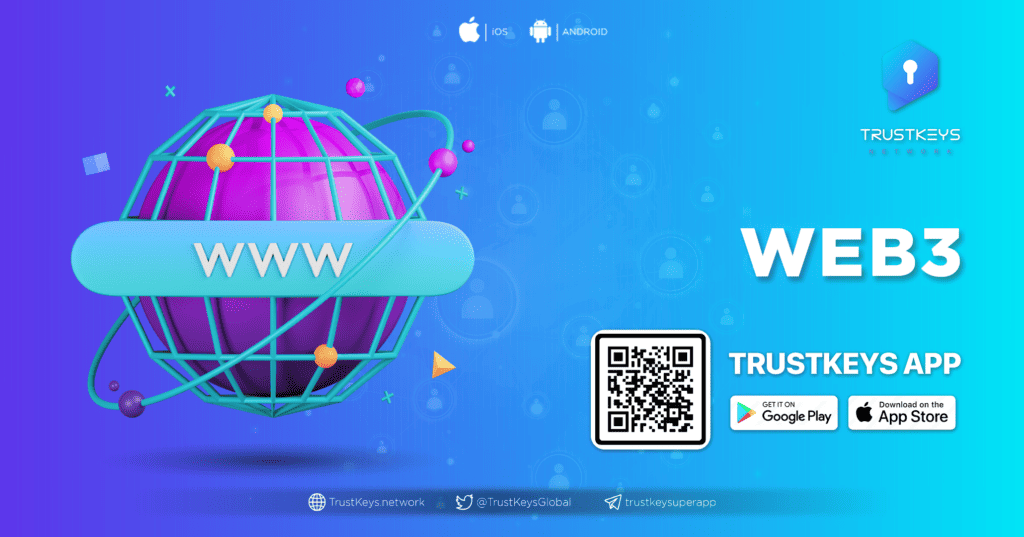Introduction
Web3 is a term that refers to the third generation of the internet, characterized by decentralized, trustless, and autonomous systems. This new era of the internet is built on decentralized technologies, such as blockchain, which enable trustless transactions without the need for intermediaries. It has been gaining popularity in the tech and cryptocurrency space due to its potential implications for the future of the internet.
In this blog post, we will delve deeper into what Web3 is, how it differs from the previous generations of the internet, and its potential implications for the future of the internet. We will explore the key features of it, including the use of decentralized applications (dApps), which are built on blockchain technology. dApps are open-source, transparent, and run on a decentralized network of computers. They offer several advantages over traditional centralized applications, such as greater security, privacy, and autonomy for users. Some examples of popular dApps include Ethereum, Uniswap, and Brave.
What is Web3?
Web3 is the next evolution of the internet, where users have greater control over their data, digital identity, and online interactions. It is built on decentralized technologies such as blockchain, which enables trustless transactions without the need for intermediaries. This means that users can interact with each other and with applications directly, without relying on centralized entities like social media platforms, banks, or governments.
One of the key features of Web3 is the use of decentralized applications (dApps), which are built on blockchain technology. These dApps are open-source, transparent, and run on a decentralized network of computers. They offer several advantages over traditional centralized applications, such as greater security, privacy, and autonomy for users. Some examples of popular dApps include Ethereum, Uniswap, and Brave.
Implications
Web3 has the potential to transform many industries, from finance to healthcare to social media. By removing the need for intermediaries, It can democratize access to services and reduce costs for users. For example, decentralized finance (DeFi) applications built on Web3 can provide access to financial services for people who are unbanked or underbanked. Similarly, decentralized healthcare applications can enable patients to control their medical records and share them securely with healthcare providers.
Web3 also has the potential to shift the balance of power from centralized entities to individuals. By giving users greater control over their data and digital identity, Web3 can empower users to take control of their online interactions and reduce their dependency on centralized platforms. This can have significant implications for the future of social media, where users have expressed concerns about data privacy, censorship, and algorithmic bias.
Challenges
Despite its potential benefits, Web3 is still in its early stages of development and faces several challenges. One of the main challenges is scalability, as blockchain networks are still limited in their processing capacity and can struggle to handle large volumes of transactions. Another challenge is user adoption, as many people are still unfamiliar with blockchain technology and decentralized applications. However, these challenges are being addressed by ongoing research and development in the field of Web3.
Conclusion
Web3 represents a new era of the internet, where users have greater control over their data, digital identity, and online interactions. It has the potential to transform many industries and shift the balance of power from centralized entities to individuals. However, it also faces several challenges that need to be addressed before it can achieve widespread adoption. As Web3 continues to evolve, it will be interesting to see how it shapes the future of the internet and society as a whole. In summary, Web3 is a promising technology that has the potential to completely change the way we interact with the Internet and develop decentralized applications. However, in order to effectively develop and use Web3, we need to focus on addressing security and privacy challenges to ensure safety and reliability for users.
